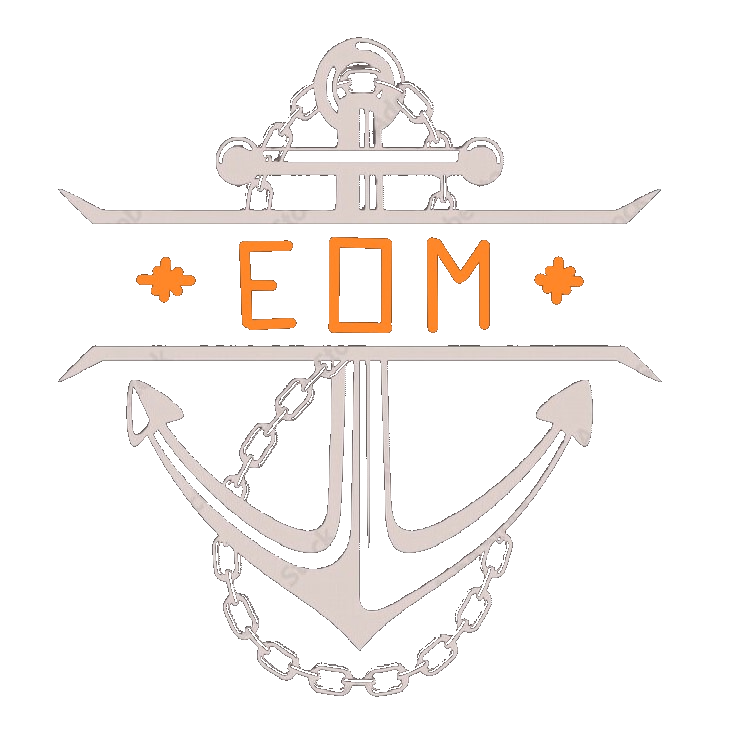Brief history of coastal navigation.
600 mt DW coaster.
Source text: Gemini
Coastal navigation is as old as mankind itself. As early as prehistoric times, people ventured out to sea in small boats to sail along the coast and fish or trade. The development of shipbuilding and navigation techniques made it possible to travel ever greater distances and transport more goods.
During the Middle Ages, coastal navigation was an important branch of trade in Europe. Merchants transported all kinds of products along the coasts, such as wine, grain, salt and fish. The Hanseatic League was a powerful trade association that played an important role in the development of coastal shipping in northern Europe.
The advent of the steam engine in the 19th century revolutionized coastal shipping. Steamships were much faster and more efficient than sailing ships, making it possible to transport even more goods over greater distances. This led to a huge increase in trade and prosperity.
In the 20th century, coastal shipping became increasingly modernized. New types of ships were developed, such as tankers and container ships, which were even more efficient and could carry more cargo. However, the rise of the automobile and airplane also meant that there was less demand for coastal shipping.
mv Ladyhester
Source text: Gemini
Today, coastal shipping is still an important industry, but its role has changed. Coastal vessels are mainly used to transport bulk goods, such as oil, gas, chemicals and construction materials. Coastal shipping is an important link in the modern logistics chain and plays an important role in the global economy.
In addition to its economic significance, coastal shipping also has an important cultural and historical value. Coastal ships and ports are often iconic symbols of a city or region. The stories of sailors and merchants contribute to the heritage of coastal shipping.


